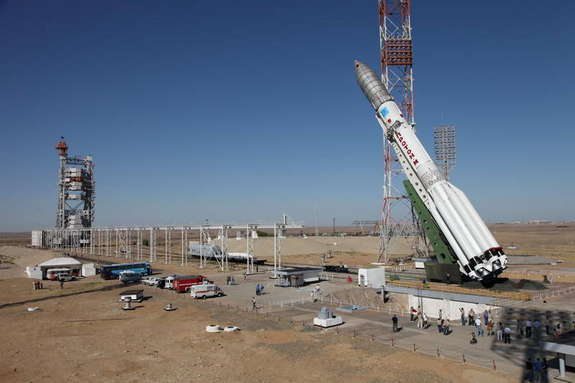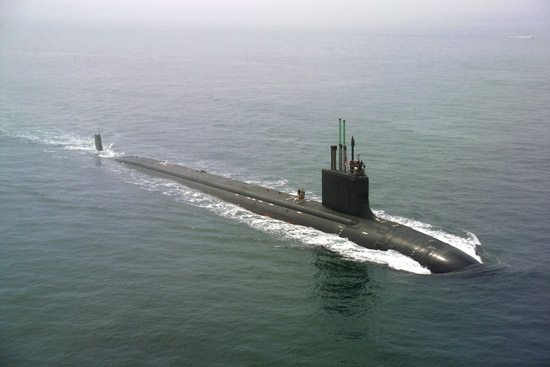A project to build a new super-heavy carrier rocket was included into the draft new Federal Space Program (FSP) Roscosmos chief Oleg Ostapenko said on Thursday.
“A [super] heavy carrier rocket was included into the new FSP. Work is still under way, with the first stage envisaging the construction of a rocket capable of lifting from 70 to 80 metric tons,” Ostapenko said, adding that such rockets would be enough for projects scheduled for the next 20 or 30 years.
The second stage of the project is to build a carrier rocket capable of lifting from 100 to 120 metric tons of payload into the low-earth orbit.
A year ago, Russia said that it will develop new technology including huge new rockets for manned flights to the moon and Mars, by the same year that the Americans are aiming for Mars – 2030.
Super-heavy rockets are necessary for manned Mars or deep space missions, although they are likely to be uneconomical for commercial payloads that can be launched on existing rockets.
Roscosmos formed a working group last year to evaluate proposals for a heavy-lift rocket, including the revival of the Energia launcher, the highest payload rocket ever built in the country.
The Energia, developed in the Soviet Union and launched twice, was cancelled during the economic crisis twenty years ago.
NASA is currently building a new super-heavy rocket, the Space Launch System, that will also come in two variants capable of lifting 70 and 130 tons into orbit. The first test flight of the smaller version is scheduled for 2017.
Russia’s largest existing rocket, the Proton, can launch payloads of up to 20 tons. The modular Angara rocket is also under development and comes in several versions, the largest of which is planned to send up to 35 tons into orbit.
China is reportedly considering construction of its own super-heavy rocket, the Long March 9, for a manned lunar mission.











